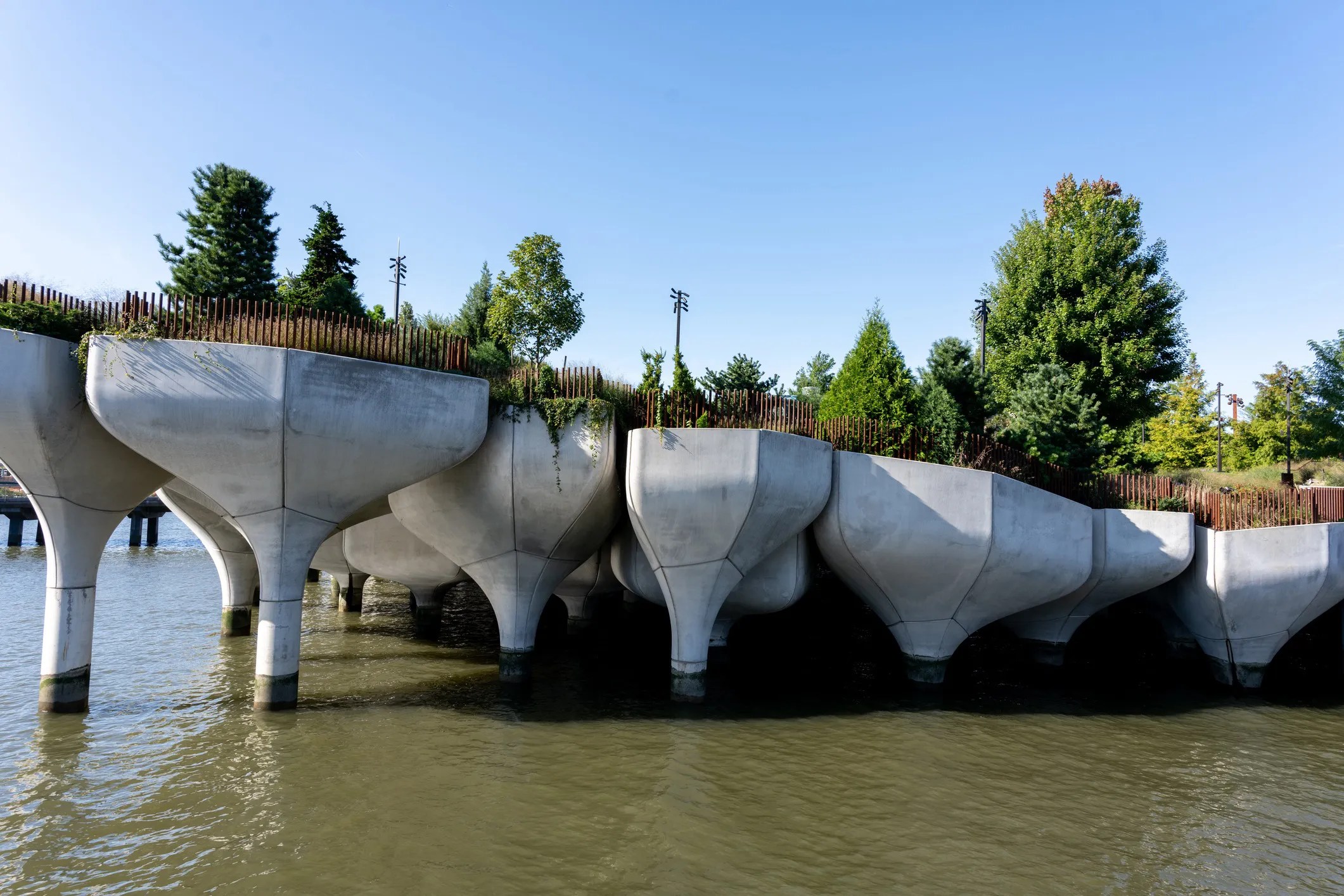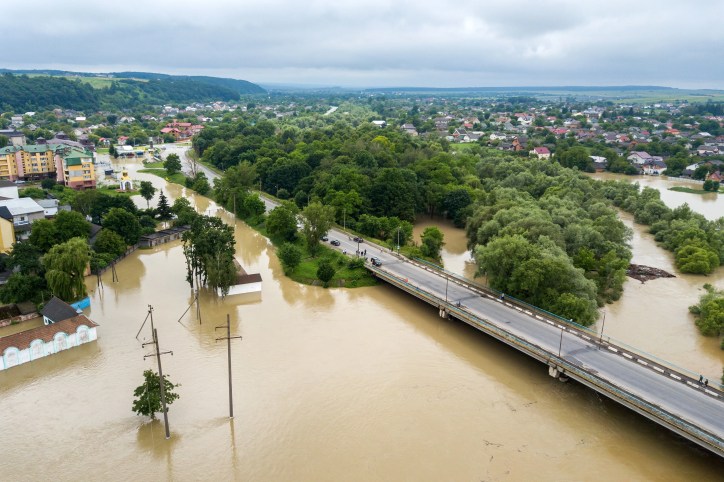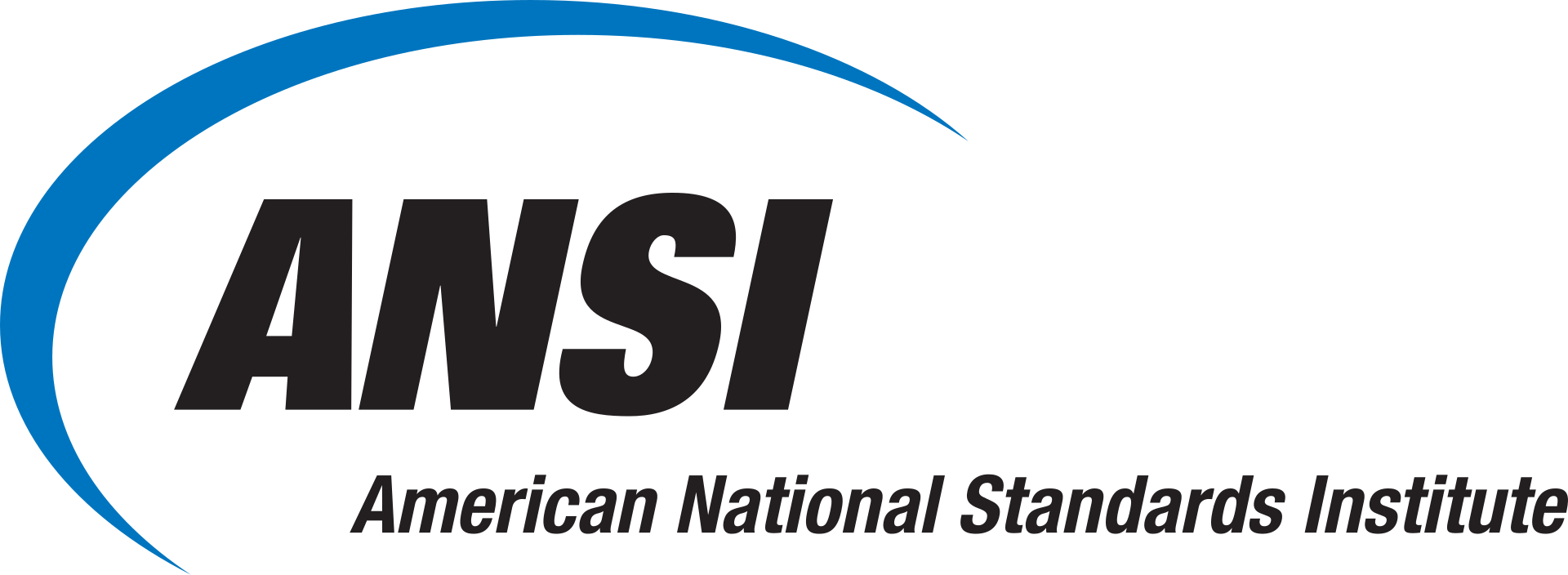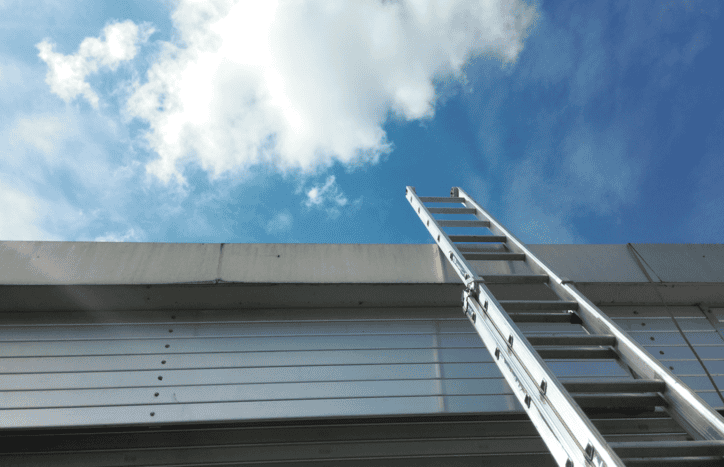ASCE/SEI 24-2025: Flood Resistant Design and Construction

Besides the dangers that floods pose to humans, they also can leave behind a broad array of destruction in their wake, such as dismantling roads, damaging electrical systems, damaging crops and agriculture, and destroying buildings. In fact, in 2022, there were at least half a million retail, office, and multi-unit residential buildings facing risk of flood damage in the United States. ASCE/SEI 24-2025: Flood Resistant Design and Construction establishes requirements for flood-resistant design and construction of structures located in flood hazard areas.
FEMA’s Definition of a Flood
The Federal Emergency Management Agency (FEMA) identifies flood hazards across the United States and manages the National Flood Insurance Program (NFIP). FEMA defines a flood as a general and temporary condition of partial or complete inundation of two or more acres of normally dry land or of two or more properties (at least one of which is the policyholder’s property). Depending on local topography and hydraulic/hydrologic conditions, one or more water bodies (e.g., river stream, ocean, storm water retention/detention, bay etc.,) can contribute to flooding at a given site. FEMA notes that most floods fall into three major categories:
- Riverine flooding—When a river or stream overflows its banks
- Coastal flooding—When water from the ocean or other bodies of water cover normally dry land along the coast
- Shallow flooding—Flooding that occurs when water reaches an average depth of 3 feet or less in an area without a defined channel
ASCE/SEI 24-2025 is, in part, based on examination of damage after floods and is intended to meet or exceed the requirements of NFIP.
How Does Flooding Impact Buildings?
Flooding can damage buildings and their contents in a variety of ways, including the following:
- Direct damage during a flood from inundation, high velocity flow, waves, erosion, sedimentation, and/or flood-borne debris
- Degradation of building materials
- Contamination of the building due to flood-borne substances or mold
The likelihood and impacts of these damages can be reduced via the implementation of siting, design, construction, and maintenance practices appropriate to floodplain areas. Additionally, buildings and structures designed according to ASCE/SEI 24-2025 are better able to resist flood loads and flood damage.

What Is ASCE/SEI 24?
ASCE/SEI 24-2025 provides minimum requirements for flood resistant design and construction of structures that are subject to building code requirements or floodplain management regulations in flood hazard areas. It details various strategies for flood resistant design and construction, providing specifications for foundation walls and wall footing, columns and piles, use of fill, anchorage and connections, and more. This standard applies to new construction, including subsequent work to such structures, and work classified as substantial improvement of existing structures that are not historic structures.
ASCE/SEI 24-2025 is intended for use by registered design professionals, and designs based on this standard should be signed and sealed by the professional who is responsible for the design.
Flood Resistant Foundation Design
ASCE/SEI 24-2025 specifies that foundations of structures should be designed and constructed to support the structures during design flood conditions, providing the required support to prevent flotation, collapse, or permanent lateral movement under the load combinations. Further, the foundation design should be based on the geotechnical characteristics of the soils and strata below the structure. ASCE/SEI 24-2025 notes that the foundation design should account for instability and decreased structural capacity associated with soil consolidation, expansion, or movement; the foundation design should consider erosion and local scour, liquefaction, and subsidence.
ASCE/SEI 24-2025: Flood Resistant Design and Construction is available on the ANSI Webstore.






